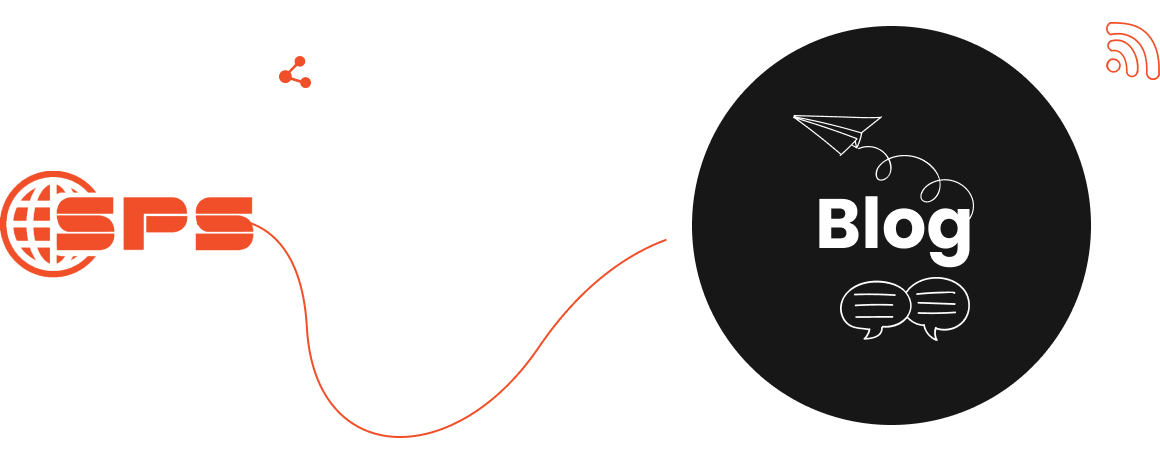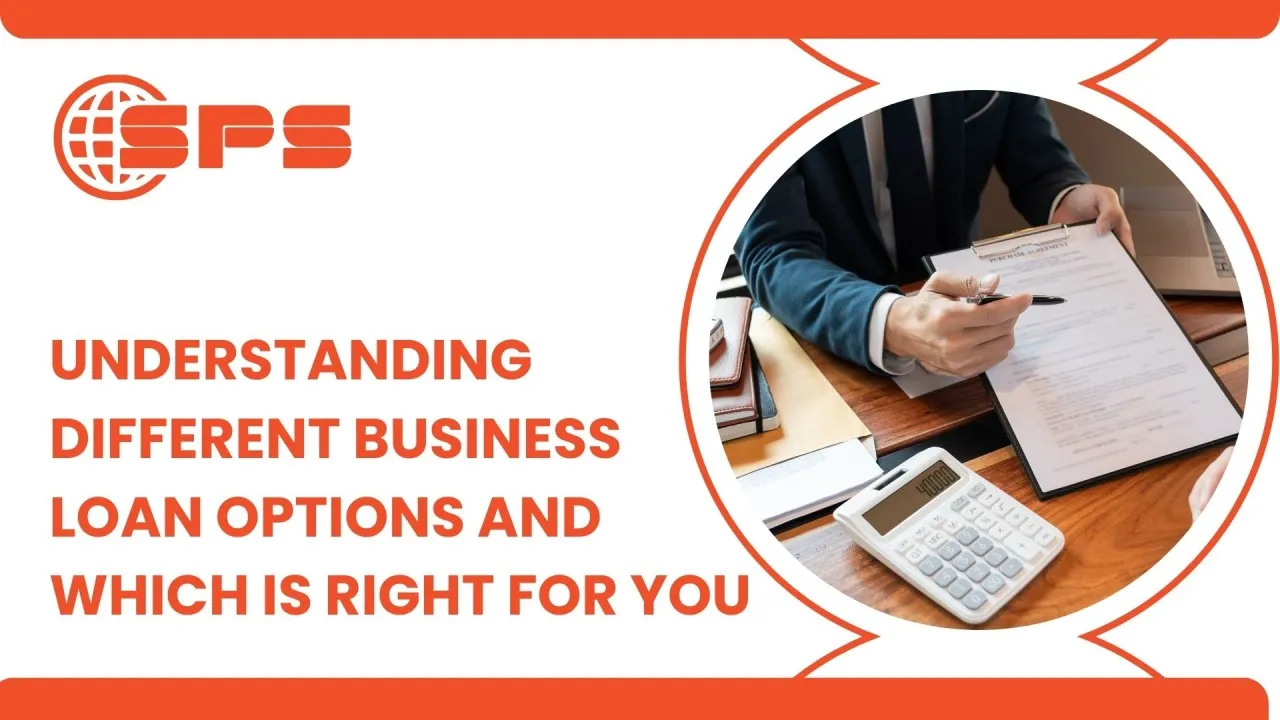Understanding Different Business Loan Options and Which Is Right for You
As a small business owner, securing financing is often one of the biggest hurdles you face. Whether you need funds to cover startup costs, manage cash flow, expand operations, or invest in new equipment, understanding your business loan options is crucial. Choosing the right funding solution for your specific needs can be a game-changer for the growth and success of your business.
This article will guide you through the different types of business loans, their benefits, and how to determine which one is right for your business.
1. Term Loans
What It Is: A term loan is a traditional form of business financing in which you borrow a lump sum from a lender and repay it over a set period (typically 1-5 years). These loans are often used for large, one-time investments such as equipment purchases, office renovations, or business expansion.
Pros:
- Fixed interest rates and monthly payments, making it easier to plan your finances.
- Long repayment terms (up to 5 years or more) can make payments more manageable.
Cons:
- May require strong credit history and collateral.
- The application process can be time-consuming, and approval may take longer than other types of loans.
Best For: Businesses with a clear, long-term need for capital, such as purchasing equipment, expanding physical locations, or funding major projects.
2. SBA Loans
What It Is: SBA loans are partially guaranteed by the U.S. Small Business Administration (SBA), which reduces the risk for lenders and allows businesses to access financing at lower rates and longer terms. The most common types of SBA loans are the 7(a) loan and the CDC/504 loan.
Pros:
- Lower interest rates and longer repayment terms compared to other loan types.
- Easier to qualify for, especially for businesses that may not meet traditional bank lending requirements.
Cons:
- The application process can be lengthy and requires significant paperwork.
- SBA loans often require collateral and a strong credit history.
Best For: Small businesses that need larger loan amounts (typically up to $5 million) for long-term projects like expansion, real estate purchases, or major equipment purchases.
3. Lines of Credit
What It Is: A business line of credit (LOC) is a flexible financing option that provides access to a pool of funds that you can borrow from as needed, up to a predetermined limit. You only pay interest on the amount you borrow, and you can draw from the line of credit multiple times as you repay.
Pros:
- Provides flexibility to borrow only when needed, making it ideal for managing cash flow fluctuations.
- Easier and quicker to access funds than traditional loans.
Cons:
- Interest rates can be higher than traditional loans, especially for unsecured lines of credit.
- Credit limits are typically lower than term loans or SBA loans.
Best For: Businesses that need working capital for day-to-day operations, inventory purchases, or managing short-term cash flow gaps.
4. Invoice Financing (Factoring)
What It Is: Invoice financing allows you to borrow money against your outstanding invoices. Lenders will advance you a percentage of the value of the unpaid invoices, and once the customer pays, the remaining balance (minus a fee) is given to you.
Pros:
- Quick access to cash without needing collateral or a long credit history.
- Flexible and ideal for businesses with long payment cycles or clients with slower payments.
Cons:
- Fees can be high (typically 1-5% of the invoice amount), which can impact your profitability.
- Not suitable for businesses that don’t have enough accounts receivable to finance.
Best For: Businesses with clients who have lengthy payment terms, or businesses that need quick access to cash based on their outstanding invoices.
5. Merchant Cash Advance (MCA)
What It Is: A merchant cash advance provides businesses with an upfront lump sum in exchange for a percentage of future sales or credit card transactions. It’s not technically a loan but rather an advance against your future revenue.
Pros:
- Quick and easy access to funds, often with little paperwork.
- Flexible repayment based on your sales (so payments are smaller when you have less revenue).
Cons:
- Extremely high interest rates and fees, making it one of the most expensive forms of financing.
- Repayments are tied to your sales, so they can fluctuate.
Best For: Businesses with strong credit card sales but struggling with cash flow or who need quick access to funds and can handle the high costs.
6. Equipment Financing
What It Is: Equipment financing is a loan specifically designed for purchasing equipment. The equipment you purchase acts as collateral for the loan, and the lender typically offers funding for a percentage of the equipment’s value.
Pros:
- The equipment itself serves as collateral, so no need to put up personal or business assets.
- Low interest rates and long repayment terms.
Cons:
- You may be restricted to using the funds solely for purchasing equipment.
- If you can’t repay the loan, the lender can seize the equipment.
Best For: Businesses that need to purchase expensive equipment but don’t have the cash flow to do so upfront.
7. Peer-to-Peer (P2P) Lending
What It Is: P2P lending platforms connect borrowers with individual investors who provide loans. These loans are typically unsecured and offered at competitive rates, depending on your creditworthiness.
Pros:
- Lower interest rates compared to traditional loans.
- The application process can be quicker and more flexible.
Cons:
- P2P loans can have stricter qualification criteria.
- The amount you can borrow may be lower than traditional loans.
Best For: Small businesses looking for lower interest rates and quick access to funding, without the need for collateral.
How to Choose the Right Loan for Your Business
Choosing the right loan depends on your business’s specific needs, financial situation, and long-term goals. Here are a few key considerations:
- Amount Needed: How much capital do you require? If you need a large amount, an SBA loan or term loan might be appropriate. For smaller amounts, a line of credit or merchant cash advance might be better.
- Purpose of the Loan: Are you purchasing equipment, managing cash flow, or funding expansion? Equipment financing or an SBA loan might be best for large purchases, while a line of credit could help with short-term cash flow.
- Repayment Flexibility: How quickly can you repay the loan? Lines of credit and merchant cash advances offer flexibility, while term loans and SBA loans have fixed repayment terms.
- Qualification Requirements: Do you have a strong credit score and business history? If not, P2P lending or invoice financing might be good options.
Conclusion: Choosing the Right Funding Solution
Securing the right business loan is essential to the long-term success of your business. Whether you’re looking for working capital, equipment financing, or funds for expansion, understanding the options available to you is key to making the right decision.
At Stellar Payments Systems, we help small businesses navigate the complex world of financing and payment solutions. If you’re ready to take the next step in funding your business, reach out today for expert guidance and assistance in choosing the right financial solution for your needs.

